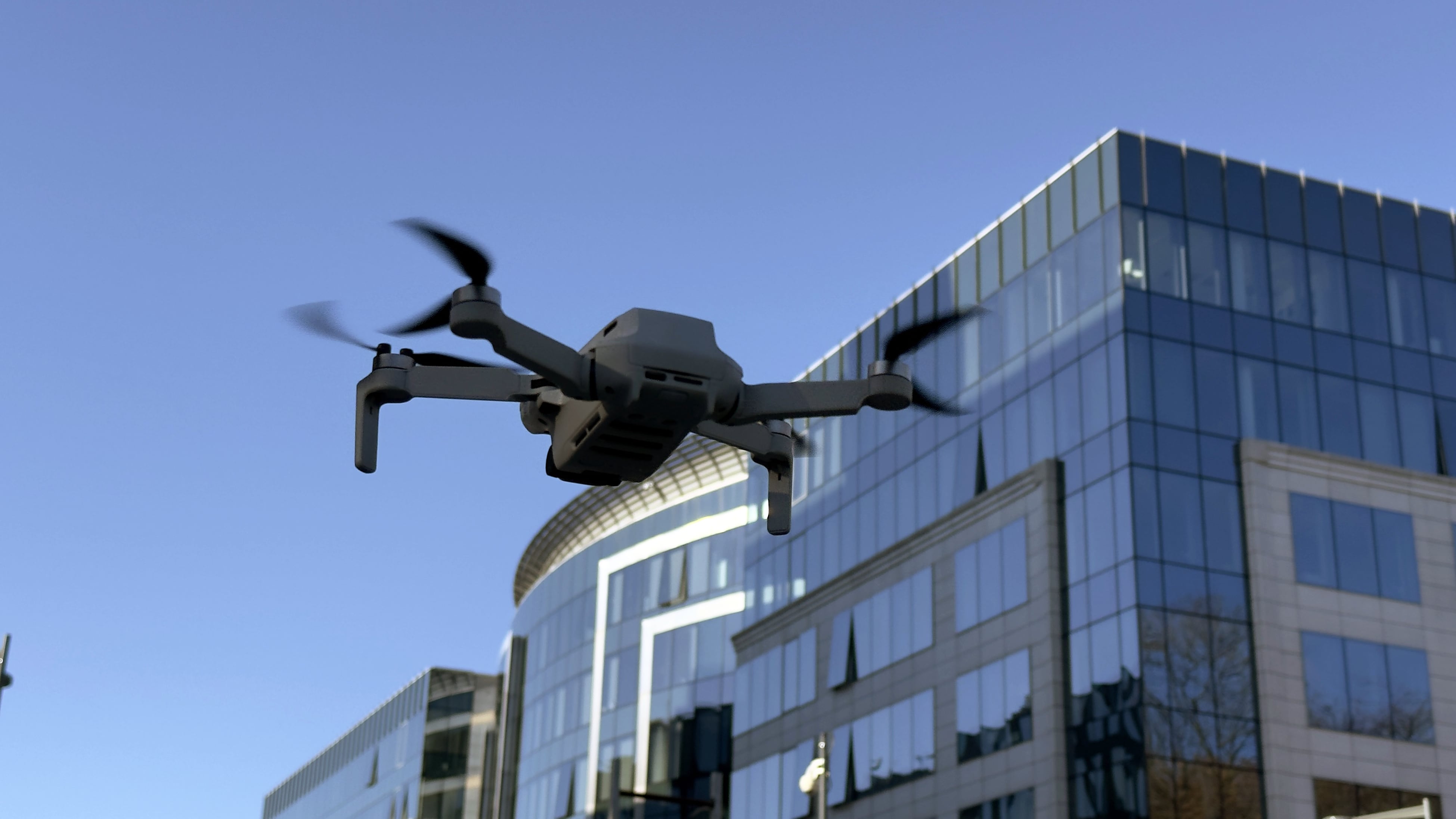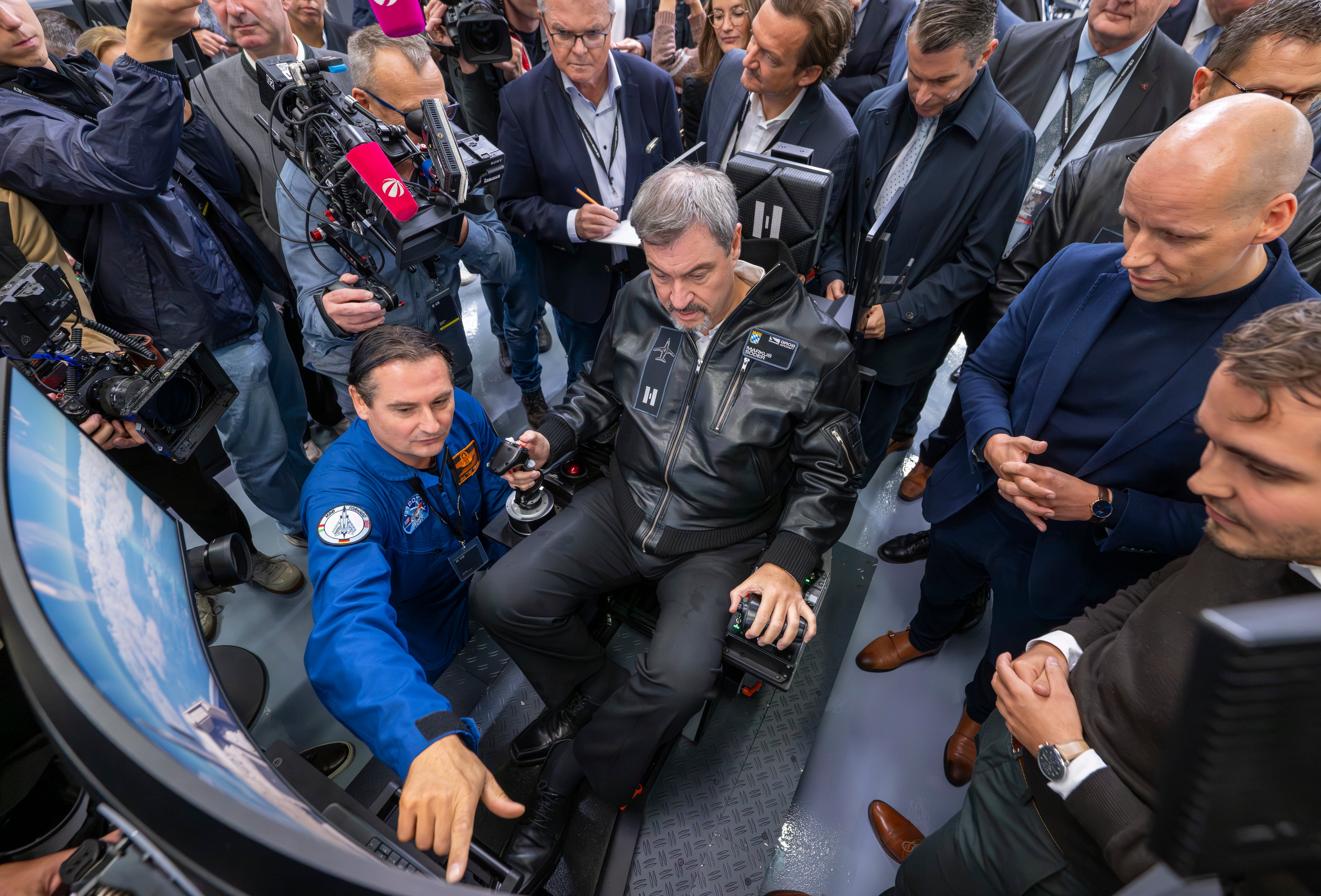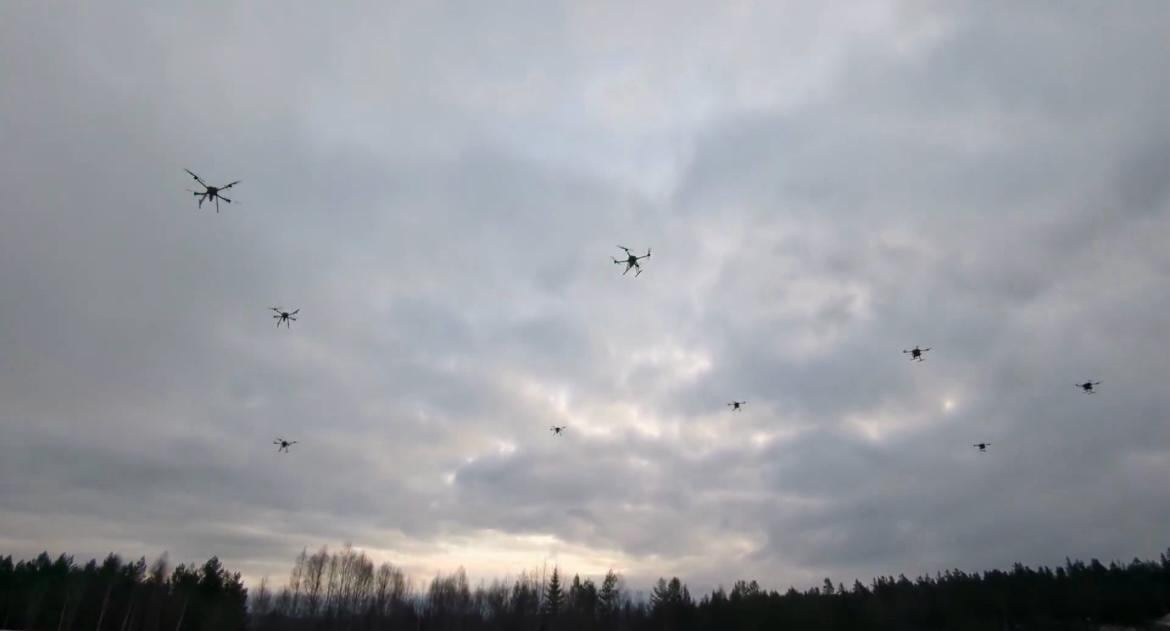Expeditionary Signal Battalions (ESB) provide the Army with uninterrupted mission communications and the ability to rapidly deploy and maneuver across the battlefield. The enhanced version, ESB-E, will provide a modular, scalable, and more agile communications system. Ultimately, it will reduce the reliance on current legacy systems.
ESB-E is an important step towards achieving and maintaining information dominance. It’s an ambitious program that has already taken significant planning and implementation resources. As planning continues, here are a few factors for the Army to consider.
Modularity, scalability, and agility
The ability to move quickly to respond to changes has always been a strength of the U.S. military, and it is time for the communications equipment to move with the same ease. The new system must be able to evolve to meet mission demands in ways that legacy communications systems are not designed to do.
Each of the key requirements in ESB-E (modular, scalable, and agile) address challenges in today’s communications systems. For example, if a legacy communications system encounters a problem, it’s likely that most or all of the system must be replaced. This requires IT experts and new equipment to be flown in and installed in some of the harshest environments in the world, while also impacting the mission and the effectiveness of those who rely on the system.
Alternatively, modules can operate independently or in groups, making it easy for the Army to increase features, functionality, and the number of users. A modular system also lets the military define what they need, can be installed with little training and can be set up and torn down quickly. Ideally, set up time should be counted in minutes and hours, not weeks or months.
While legacy systems operated on a fixed number of users, ESB-E provides greater flexibility. For instance, if the Army currently has a system for 500 troops and 5,000 additional troops are deployed, it is likely that they will need to install an entirely new system. In anticipation of this scenario, the Army might end up purchasing more equipment than they need - a potentially costly and inefficient approach that can lead to troops having to service and transport equipment that isn’t being used. This “bulk buy” also leads to longer tech insertion timelines and reduces the agility and ability to rapidly insert new technology into key programs and missions. Instead, the Army needs a system that can scale horizontally as mission requirements or conditions change, but also vertically as troop numbers fluctuate.
Scalability is also a key element to delivering critical services and data to the warfighter at the tactical edge. The software must have advanced encryption and be able to be easily upgraded at the edge. By effectively and securely providing applications and data to the troops, you are enabling command, control and information dominance. This is not only important for the mission and the troops on the ground, but extends security and information dominance into the cyber battleground.
Secure, rugged and interoperable
When it comes to size, weight and power, ESB-E improvements shouldn’t be incremental -- they should be dramatic. Anything less than a 50 percent reduction isn’t worth the Army’s consideration. The Army needs a truly rugged portable system that can operate reliably on land, sea, and in the air, and capable of surviving air drops, harsh environments, and extreme weather.
Technology from the selected ESB-E providers should be interoperable on a single system and integratable with other technologies, including legacy communications systems. Interoperable communications are critical to the maneuverability of our forces in environments that rarely conform to traditional IT requirements. Complete interoperability allows the Army to facilitate seamless communications between troops and coalition partners.
Unification is key
Unifying physical and virtual environments will require a new look at the partnerships with and between hardware and software tools, technologies and companies. To enhance ESB, we will need to leverage the best solutions in the public, private and government sectors. The result will be a unified communications strategy that further positions our armed forces for information dominance and ultimately “enable a more lethal, mobile, and hardened joint and coalition force, helping the Army retain overmatch against increasingly capable adversaries.”
Chris Ericksen is chief revenue officer at Klas Telecom Government.








